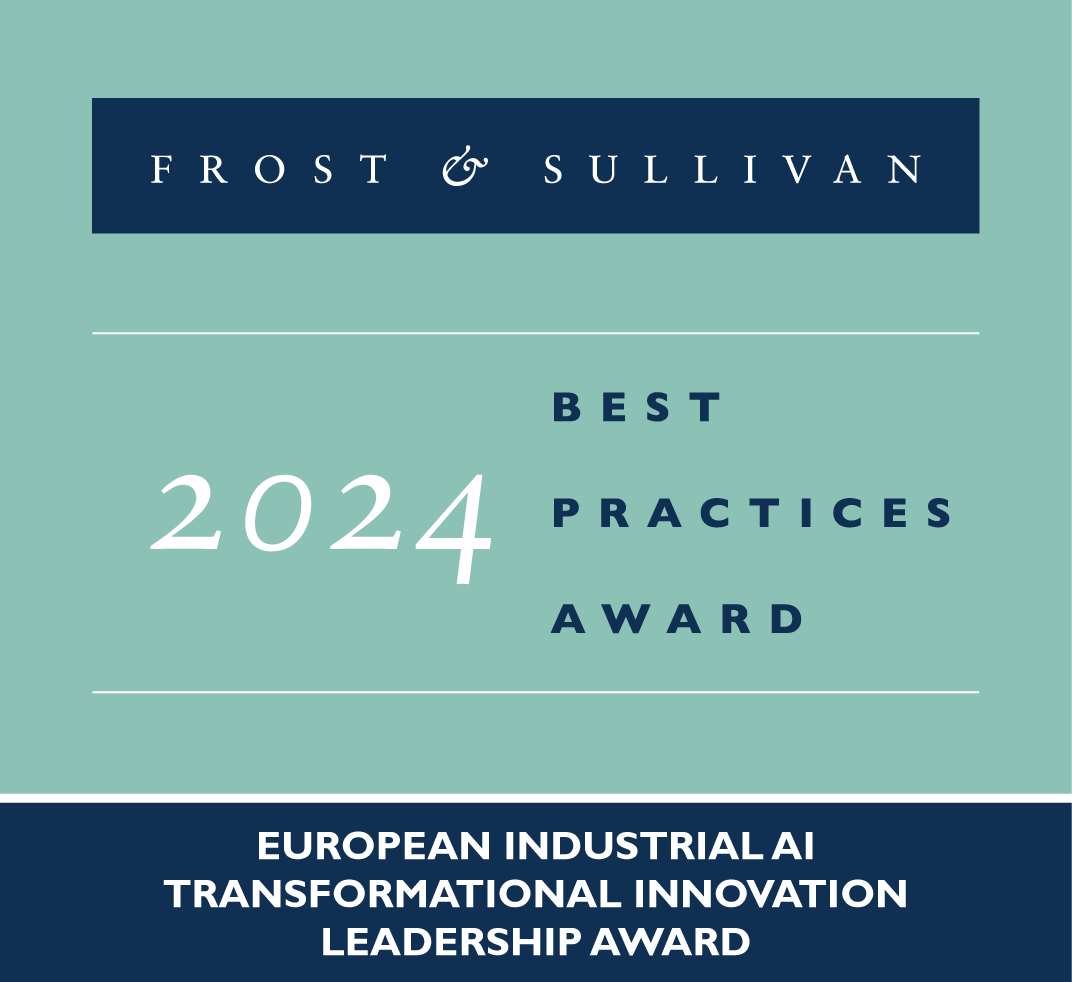On the sidelines of bauma 2025, a leading international trade fair for construction, building material and mining machines, construction vehicles and construction equipment, Frost & Sullivan’s Krishna Achuthan, Industry Manager, Off-Highway – Commercial Mobility met with Patrick Glasbrenner, Vice President Sales Mobile Applications DACH in the Sales Unit Middle-Europe at Bosch Rexroth, one of the world’s leading suppliers of drive and control technologies. An industry insider and 18-year company veteran, Mr. Glasbrenner shared his insights on important trends, crucial challenges, and strategic responses that are transforming the construction industry.
Krishna Achuthan: Could you highlight some of the key products that Bosch Rexroth is presenting at bauma 2025?
Patrick Glasbrenner: At bauma, Bosch Rexroth is spotlighting solutions to the customer challenges that lie ahead of us in our industry. There are basically three key challenges: sustainability, lack of skilled machine operators, and a significant increase in the complexity of machines. Accordingly, we have clustered our content into four categories to provide answers to these challenges. The first category is “smart hydraulics” and is our core business, the second is “e-volution” that deals with the electrification of mobile machines, the third is “simplified engineering” and the fourth is “level of automation.”
“Smart hydraulics” is our core business and is about the electronification of hydraulics, making digital solution modules, providing value to our customers, increasing efficiency, reducing system costs, and making mobile machines more productive at the end.
The second aspect – “e-volution” – pertains to the electrification of mobile machines. At Bosch Rexroth, we follow a comprehensive approach wherein we provide a broad portfolio of low voltage and high voltage solutions, e.g., e-motors, inverters, and appropriate gears. To this portfolio, we have now added software. We combine hydraulics with electrics and thus offer our customers real added value.
The third area of focus, “simplified engineering”, deals with the question of how we can reduce the complexity of OEMs’ machines and reduce time to market. Manufacturers of off-highway vehicles face the challenge of differentiating themselves with a strong machine identity and saving development costs. This is where our collaboration platform myBODAS helps to solve development issues quickly and transparently. We have also developed solution modules that combine hardware and software that can be easily integrated. This brings value at the end to the customer and speeds up processes.
The fourth pillar is “level of automation.” The degree of automation of mobile machines is increasing. This can also be seen at the bauma, where a multitude of OEMs are showcasing autonomous machines. But the transition to becoming autonomous is not instantaneous. Instead, it is a step-by-step process, and Bosch Rexroth is providing the basis for automation through its BODAS hardware, including sensors and controllers. This underpins the human machine interface (HMI), in addition to which we are providing easy-to-integrate assistance functions.
Krishna Achuthan: Indeed, like you said, automation and electrification are some of the key concepts that are in focus at bauma 2025 and with regard to Bosch Rexroth and its current product offerings as well. That said, how do you see the market evolving in the next five years and where do you see Bosch Rexroth positioned?
Patrick Glasbrenner: We are already excellently positioned. We are one of the leading suppliers in mobile hydraulics. Mobile hydraulics is our core market and will continue to be very important, especially with all the electronics that are now coming on board. With Bosch in the background and with the strength that we have with regards to hydraulics and electronics to hardware as well as software, and the increasing presence of AI, we are very well positioned. We have excellent application know-how, are very close to our customers, and have the skill and expertise to improve machine functions. What will be critical in the future will be to use new technologies to improve machine functions and make these machines more sustainable, productive, and safer.




